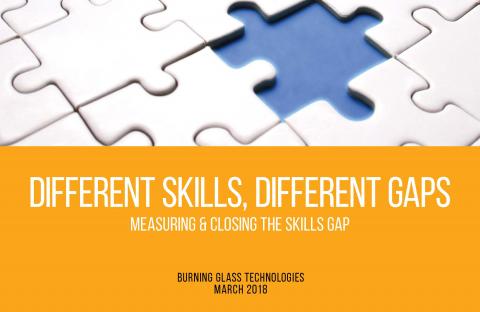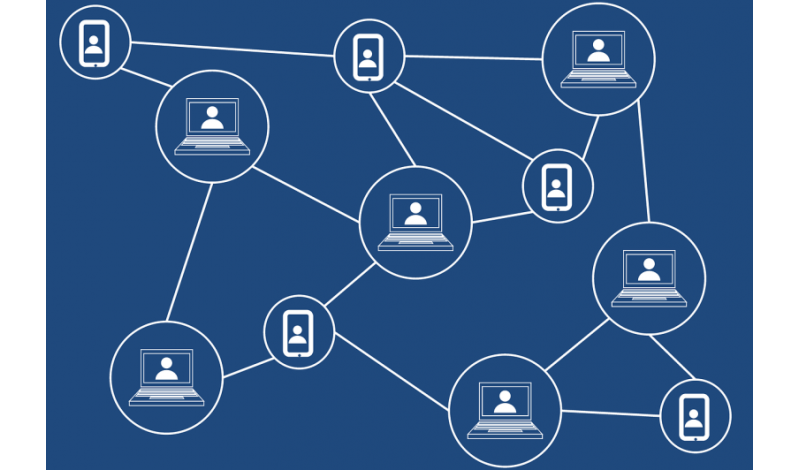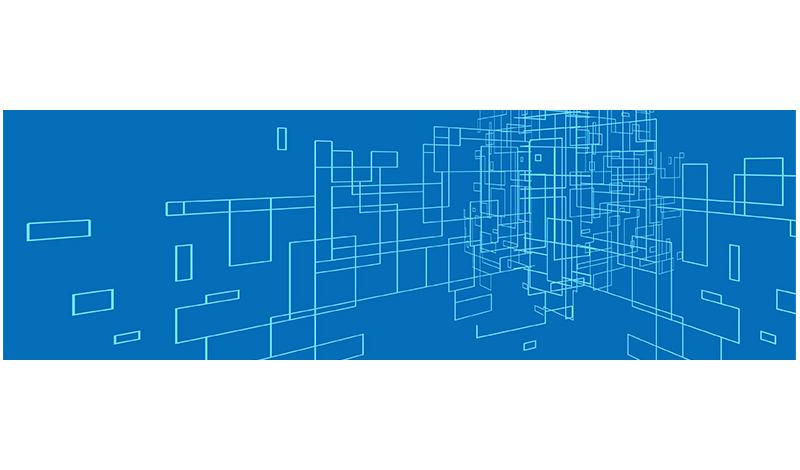As the world’s population continues to grow at a rapid pace, so must our ability to feed it.
Data
The U.S. Chamber of Commerce Foundation's Data-Driven Innovation Project explores the rapid advancements happening in the digital economy as well as the inventive use of data for good. The promise of bigger and better data is a future of greater opportunity and growth. The Foundation is conducting research activities and a series of events around the country in order to highlight this potential.
We encourage you to read the blog posts and research reports here to gain a full understanding of the U.S. Chamber of Commerce Foundation's work on data-driven innovation.
Be sure to read our in-depth report, The Future of Data-Driven Innovation.
U.S. Chamber Foundation to Develop Web-Based Job Description Resources with Support from Google.org and JPMorgan Chase & Co.
Our meeting on March 7, the first in a series led as a joint effort between the U.S. Chamber of Commerce Foundation and Lumina Foundation, kicked off an eight month sprint of work to improve the talent marketplace. All of the organizations involved are experts on today’s emerging technologies, such as semantic web standards (e.g., linked data), distributed ledger technologies (e.g., blockchain), artificial intelligence, and machine learning. We know that these technologies have the power, if leveraged properly, to transform the talent marketplace and drive future innovation.
Mobile and digital technology plays a critical role in empowering disadvantaged groups and improving socioeconomic and health outcomes for people in developing countries. Yet, women have fallen behind their male counterparts in technological adoption.

In Different Skills, Different Gaps: Measuring and Closing the Skills Gap, prepared for the U.S. Chamber of Commerce Foundation by Burning Glass Technologies, we examine the skills gap on an occupation-by occupation basis. This is the best way to both understand the gap, and to close it. An overall surplus of workers doesn’t offer much insight into the challenges of a specific industry looking to fill specific roles requiring specific skills.
Closing the communications gap requires investments on both sides of the equation. Employers and education providers must work together to ensure the signals are accurate, clear, and verifiable. As the use of digital credentials expands, job seekers will gain unprecedented insight into the link between what they learn and the sort of employment opportunities that exist in their community -- or around the country. And for employers, the improved signal-to-noise ratio means a higher percentage of qualified applicants for each job opening, and improved ability of hiring managers to identify the best candidates for their position.
Exploring the Potential of Advanced Tech to Improve the Talent Marketplace
Please Note: This event is by invitation only. For a full listing of participants, contact education@uschamber.com.
Economic mobility rests on the opportunities that individuals are granted or seek out. Education plays a big part of that, which is why many professionals are now looking for continuous ways to improve their skillsets. But how do you validate that people have earned what they say they've earned? The reality is that people lie about their credentials. The solution? Use advanced technology to make credentials trackable and unfakeable.
That work is going well and is spurring a more comprehensive transformation of the public schools and greater alignment between higher education programs and business needs. But the payoff is long term. Meanwhile, manufacturers have more immediate skill needs that are not being met. So, ConxusNEO is now focusing on those needs as well. The starting point for meeting those immediate skill needs is reliable and actionable information about which jobs are most difficult to fill and what skills those jobs require. But that information turns out to be in short supply, creating a missing link at a crucial point in the talent supply chain. Enter, the Talent Pipeline Management (TPM) Initiative.







